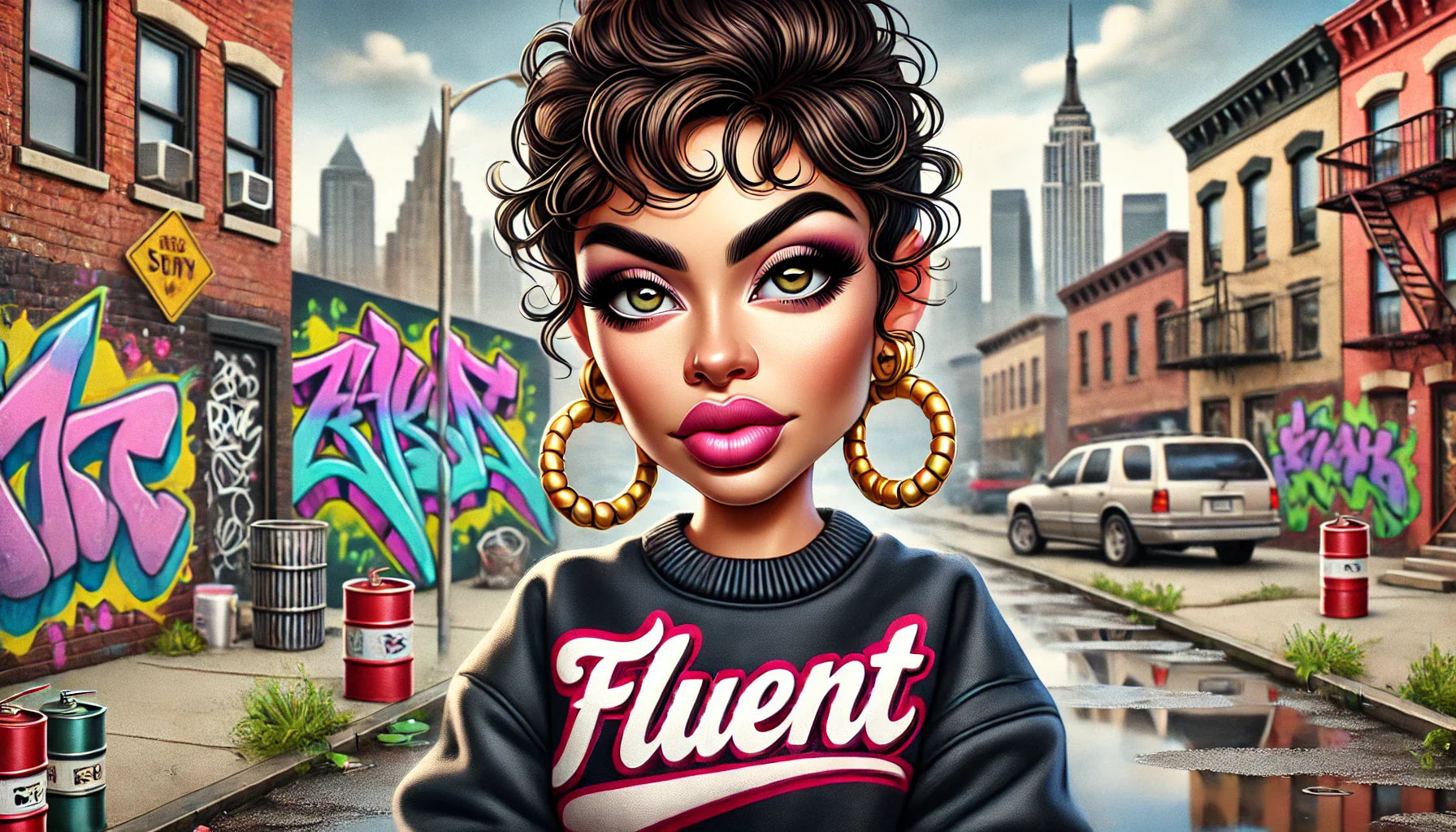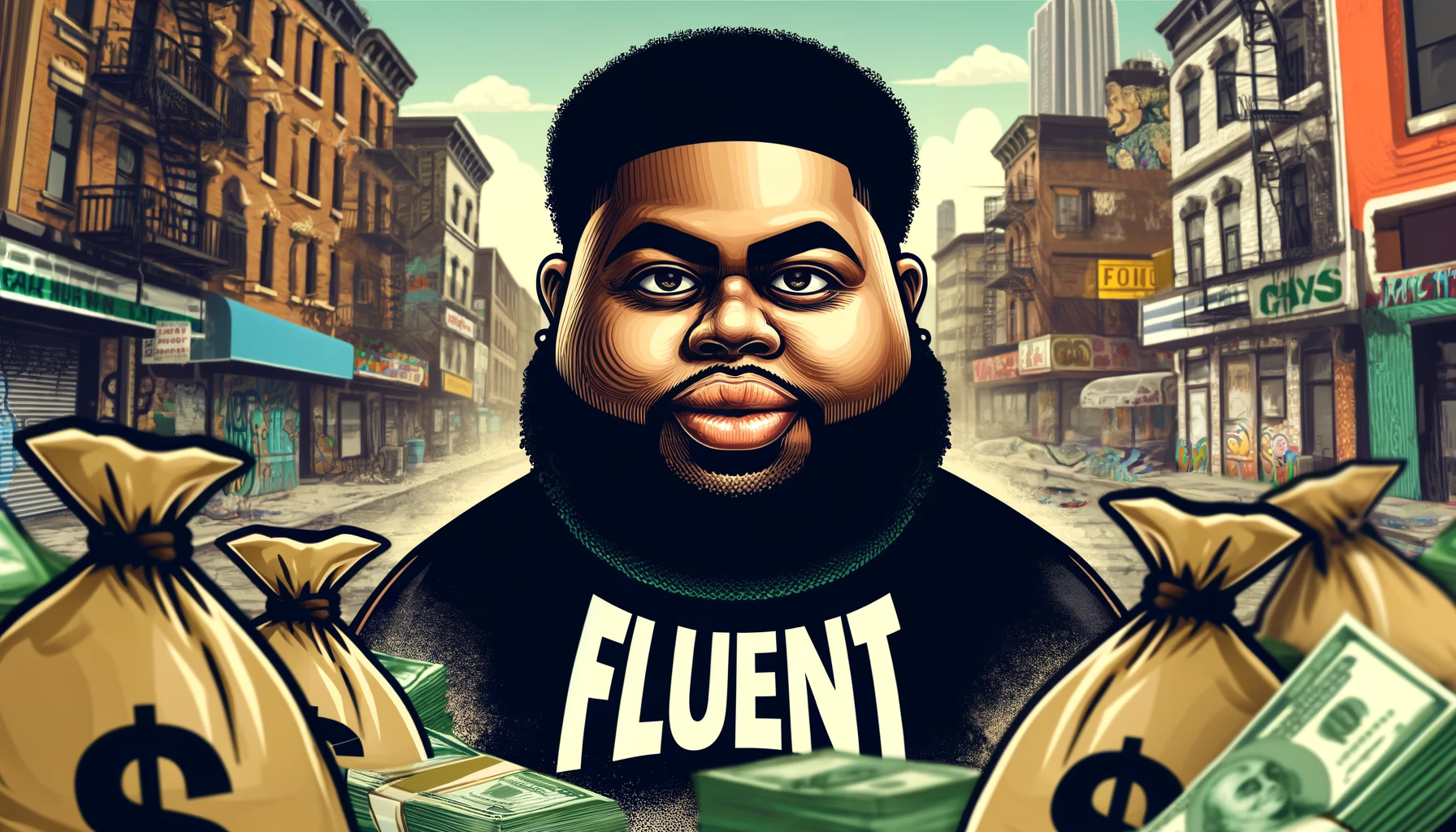In the ever-evolving world of fashion, the simplest details can reveal so much about a person. For Millennials and Gen Z, the length and style of socks have become an unexpected yet telling fashion battleground. While Millennials prefer the practicality of no-show socks, Gen Z has embraced crew socks as a statement of style and individuality. This generational sock divide highlights deeper cultural differences, offering a fascinating glimpse into how each group expresses its identity. Read on to explore how something as simple as socks can say everything about you.
Table of Contents
- The Evolution of Sock Trends: From No-Show to Crew
- Why Gen Z Prefers Crew Socks
- Millennials and the Ankle Sock Debate
- The Cultural Implications of Sock Choices
- Q&A: The Generational Sock War
- Final Thoughts
The Evolution of Sock Trends: From No-Show to Crew
Sock trends have come a long way, especially when comparing the preferences of Millennials and Gen Z. For years, no-show socks reigned supreme, offering a discreet and minimalist option that aligned with the Millennial preference for subtlety. These socks, designed to stay hidden beneath shoes, were the go-to choice for a generation that valued practicality and a clean, polished look. However, with the rise of Gen Z, the fashion narrative has shifted. This younger generation has embraced crew socks—those that rise to mid-shin or higher—as a key fashion statement. Far from being just a functional item, these socks are now a way to express individuality and align with the retro-inspired trends that have captivated Gen Z.
Key Takeaways:
The transition from no-show to crew socks marks a significant shift in fashion preferences, driven by generational differences in style and self-expression.
Why Gen Z Prefers Crew Socks
For Gen Z, fashion is all about making a statement, and crew socks provide the perfect canvas for self-expression. Unlike Millennials, who often favored the practicality of hidden socks, Gen Z sees the value in showcasing their socks as part of their overall aesthetic. The crew sock trend aligns with the broader Gen Z preference for bold, nostalgic fashion choices, such as oversized sneakers and baggy jeans. These socks harken back to the '90s and early 2000s, a period that Gen Z views with a sense of fond nostalgia. By embracing crew socks, Gen Z is not only differentiating themselves from Millennials but also tapping into a fashion era that feels authentic and meaningful to them.
Key Takeaways:
Gen Z's love for crew socks reflects their broader approach to fashion, which prioritizes bold statements and a nostalgic connection to past trends.
Millennials and the Ankle Sock Debate
Millennials, known for their practical and minimalist approach to fashion, have long favored ankle socks for their discreet and comfortable fit. Ankle socks, which sit just above the shoe line, were the perfect solution for those who wanted a clean and polished look without drawing attention to their feet. However, this preference has become a point of contention in the ongoing generational fashion debate. Gen Z's rejection of ankle socks as outdated and "uncool" has left many Millennials feeling out of touch with current trends. Despite this, ankle socks remain popular among Millennials, who value their practicality and the subtlety they bring to an outfit.
Key Takeaways:
While Gen Z may view ankle socks as passé, Millennials continue to embrace them for their practicality and minimalist appeal.
The Cultural Implications of Sock Choices
The debate over sock length may seem trivial, but it highlights deeper cultural differences between Gen Z and Millennials. For Gen Z, socks are more than just a fashion accessory—they are a way to signal individuality and align with a group identity that values boldness and self-expression. Millennials, on the other hand, view socks through the lens of functionality and simplicity, reflecting their broader approach to fashion and life. This generational divide in sock preferences is emblematic of the broader cultural clash between these two groups, each of which is shaped by different experiences and values.
Key Takeaways:
The generational divide over socks mirrors broader cultural differences, with Gen Z prioritizing bold self-expression and Millennials favoring practicality.
Q&A: The Generational Sock War
Why do Gen Z prefer crew socks over ankle socks?
Gen Z prefers crew socks because they offer a way to make a bold fashion statement while tapping into nostalgic trends from the '90s and early 2000s.
What do Millennials think about the Gen Z sock trend?
Many Millennials view the Gen Z sock trend as a fun but impractical choice, preferring the comfort and subtlety of ankle socks.
Is there a deeper meaning behind the sock debate?
Yes, the sock debate reflects deeper generational differences in fashion philosophies and social attitudes, with each group expressing their identity through their choices.
How has social media influenced the sock trend?
Social media, particularly platforms like TikTok, has played a significant role in popularizing the crew sock trend among Gen Z and reinforcing the generational divide.
Will the sock debate have any lasting impact on fashion?
While the sock debate is mostly a light-hearted generational clash, it highlights how fashion trends evolve and reflect broader cultural shifts, making it an interesting aspect of contemporary fashion history.
Final Thoughts
The generational sock war between Millennials and Gen Z is more than just a fashion trend—it’s a cultural phenomenon that reflects the broader differences between these two groups. While it might seem trivial, the choice between no-show and crew socks offers a window into the values and attitudes that define each generation. As Gen Z continues to embrace bold, expressive fashion choices, and Millennials stick to their practical, minimalist roots, the sock debate will likely remain a quirky yet telling marker of generational identity. For those interested in exploring more about how fashion trends reflect cultural changes, [this article on fashion psychology](https://www.psychologytoday.com/us/blog/consumer-behavior/202201/the-psychology-fashion-trends) offers deeper insights.





















